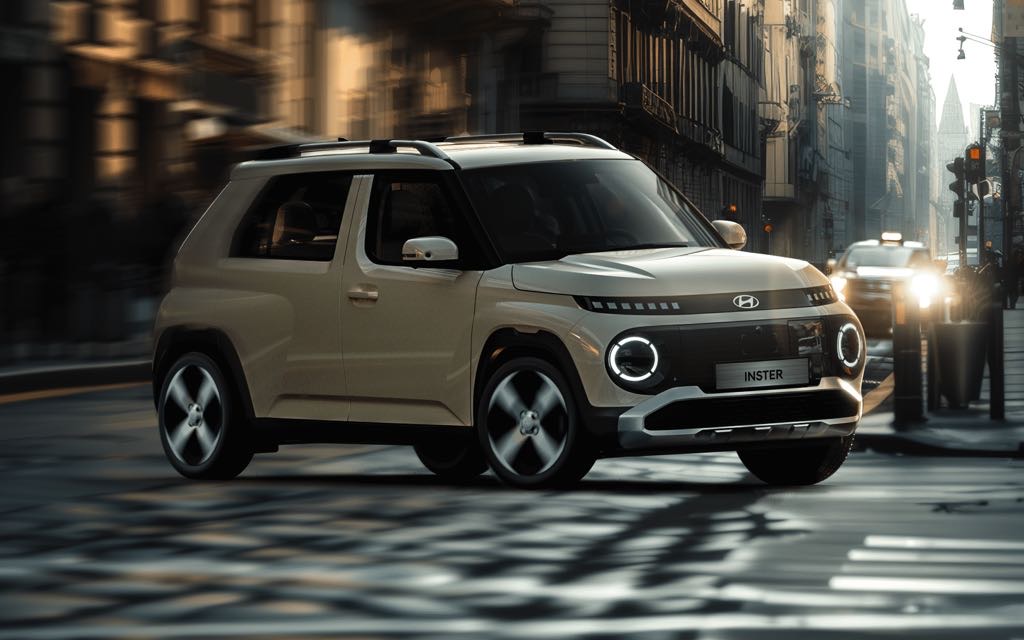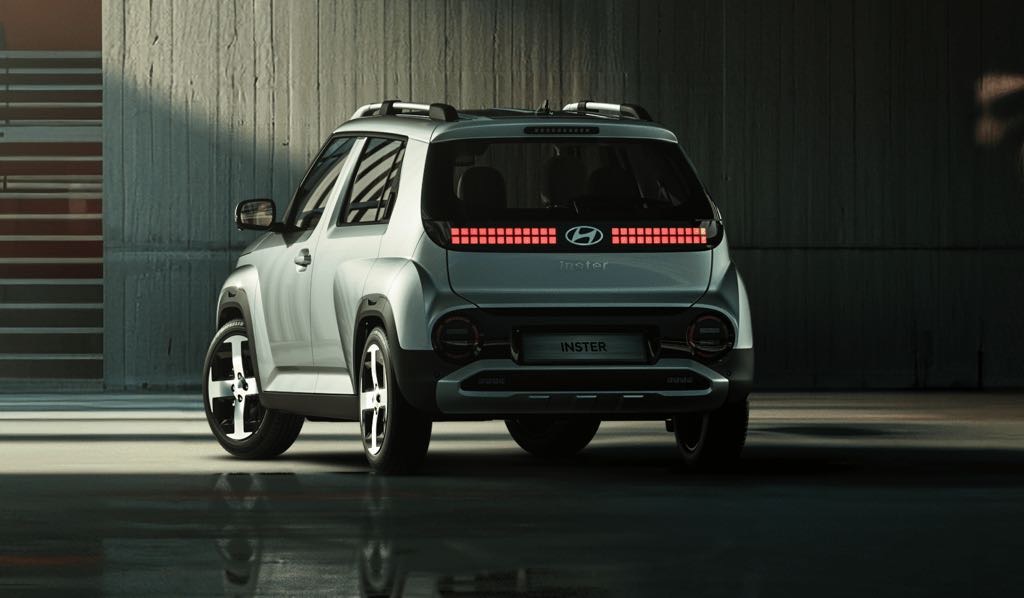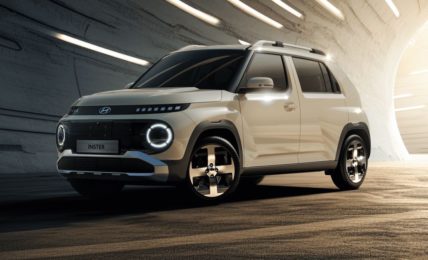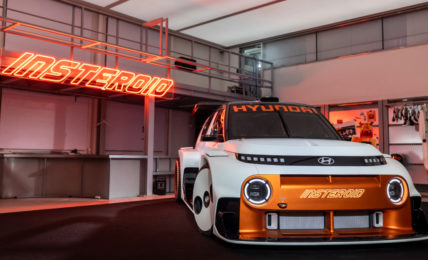
Hyundai compact electric SUV to compete directly with the Tata Punch EV
Hyundai Motor India is gearing up to enter the competitive volume electric vehicle segment, with a new entry-level EV, codenamed HE1i, slated for launch in late 2026. This move comes as part of the company’s broader strategy to challenge Tata Motors, a dominant player in the Indian EV market.
The HE1i, heavily based on the Hyundai Inster EV recently showcased at the Busan Auto Show, will be underpinned by Hyundai’s affordable E-GMP (K) platform. Production will take place at the Sriperumbudur plant in Tamil Nadu, with localised batteries sourced from Exide.
The HE1i is set to compete directly with Tata Punch EV and Citroen eC3. At 3825 mm in length, the Inster EV-based HE1i will be slightly smaller than its rivals, the Tata Punch EV (3857 mm) and Citroen eC3 (3981 mm). The compact SUV will feature two motor options – 97 HP and 115 HP – each delivering 147 Nm of torque. Additionally, it will offer two NMC battery packs, with the Standard 42kWh variant providing a WLTP claimed range of 300 km and the Long-Range 49kWh variant offering 355 km.
The Inster EV, from which the HE1i is derived, is noted for its advanced features, including dual 10.25-inch displays for the instrument panel and touchscreen infotainment, ADAS, auto climate control and a 360-degree camera with blind spot monitoring.
Hyundai Motor India has committed Rs. 20,000 crores for electric vehicle development in the Indian market over the next eight years. The company’s strategy involves introducing high-end, premium EVs initially, followed by mass-market models as the EV ecosystem and market demand grow. In line with this strategy, Hyundai plans to launch four new EV models, including the mass market Creta EV, set to debut in the first quarter of 2025.
Between the Creta EV and the compact HE1i, Hyundai aims for an annual production of approximately 90,000 units, with a significant portion designated for export. The company is optimistic that its diversified xEV portfolio, including battery EVs, hybrid EVs, plug-in hybrid EVs, mild-hybrid EVs and fuel cell EVs, will be a key enabler for its EV strategies in India.
Tata Motors, which currently holds over 75 percent market share in the Indian EV segment, sells about 75,000 EVs annually through its portfolio of four vehicles: Tiago, Tigor, Punch and Nexon. The company is expanding its offerings with new models like the Curvv, Harrier EV, and Sierra EV expected in the next 12-24 months.
Despite launching the Punch EV earlier this year, Tata Motors has seen a slowdown in monthly volumes. Hyundai’s entry into the EV market is poised to intensify competition, potentially reshaping the dynamics between the two automakers. Hyundai, which is just 30,000 units shy of Tata Motors in overall market position, could leverage its EV push to close this gap.
As the transition to EVs gains momentum in India, the competition between Hyundai and Tata Motors is expected to be a key factor in the evolving landscape of the Indian passenger vehicle market. Hyundai’s strategic investments and planned EV launches signify its commitment to establishing a strong foothold in this growing market, setting the stage for an exciting rivalry with Tata Motors in the coming years.





